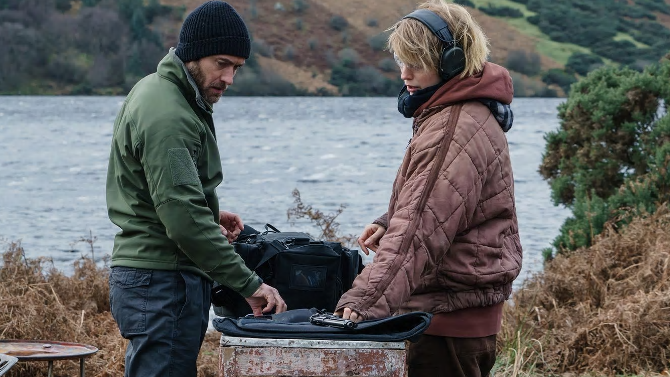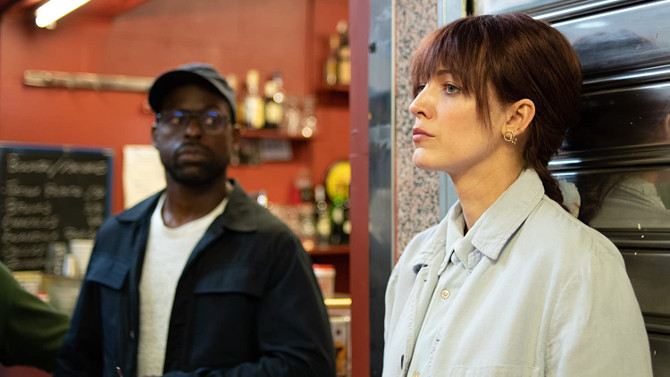‘What Could Have Been’ is a continuing look into the reels of film history, analysing movies that could have been something special, but due to problems with script, production, budgetary, or any other type of issue, did not reach its full potential.
When you see the names Michael G. Wilson and Barbara Broccoli, you almost inevitably know that you are in for a James Bond film. The two longtime producers of the franchise (and children of original mastermind Albert R. “Cubby” Broccoli), have been working on these projects since the Timothy Dalton era. With closure now coming to the Daniel Craig era – his final Bond feature, No Time to Die, is slated for a November release, and talk has turned to who will be next to play the super spy. Ranging from Tom Hardy and Tom Hiddleston, to excited chants for Idris Elba to become the first black Bond, there have even been some people saying that it is the right time for the first female Bond.
Dividing fans, purists (like myself) are not overly fond of the idea, while some ‘perhaps’ more modern leaning viewers love the idea. Likely a way to spawn a Bond-like franchise for a female, Wilson and Broccoli produced a non Bond spy film (something relatively rare) centred around a woman, 2020’s The Rhythm Section – which many of you might not even have heard of.
Based on Mark Burnell’s novel of the same name (the script is also written by him) and directed by Reed Morano, it was released at the end of January, and it did the magic act of disappearing before it ever really appeared. . . critically defamed, it claimed unwanted records like having the worst wide release opening weekend of all-time (appearing in over three thousand theatres, it made only 2.8 million), the biggest drop in theatres (ninety-seven point five percent in just three weeks), while it is expected to lose Paramount a whopping 40 million dollars.

So much for their attempt at a quasi-female Bond. I, unlike most critics, actually enjoyed The Rhythm Section. . . but, what was it that made it go so far astray? Firstly, the title does not have the same flair as a Thunderball, Live and Let Die, Licence to Kill, Tomorrow Never Dies. Also more dense and complex than any Bond film, it is a story that doesn’t allow you to float off on a fantastical spy voyage, rather, it forces you to focus on foreign sounding names and its somewhat convoluted narrative (you’re in trouble if you zone out for a bit). This goes hand in hand with its pacing, which is nowhere near as peppy as your typical spy film. Also, at least here, it was rather poorly advertised. . . never really getting its name out there like it should have.
Centred on Stephanie Patrick (Blake Lively – really showing her acting chops here), she is a highly educated British woman who has wallowed away after her parents and siblings were wiped out in a plane crash. Turning to drugs and prostitution to ‘deal’ with the pain, her apathy is overriding, her soul – lifeless, her self – splintered. This first section of the story is edited in such a way that makes this evident – fragmented flashbacks pop across the screen, the pace of shots flashing before our eyes quicker than normal (and, when mixed with some rather stunning cinematography from Sean Bobbitt, you’ve got some stunning visuals here).
Journalist Keith Proctor (Raya Jaffrey) finally tracks Stephanie down. He has been working on a sweeping conspiracy that the plane that her family was on was actually taken down by a bomb. The catalyst for some sort of recovery, this news jolts Stephanie out of her drug-fugued state.

Delving into the information, she soon finds Proctor’s source. . . a burnt spy, Iain Boyd (Jude Law), living in disgrace on a secluded Scottish loch. It is here both find an even greater purpose in the other. . . for Stephanie, he is her trainer that will prepare her for the revenge she seeks. . . for Iain, she is a woman that can take over the persona of assassin Petra Reuter – a woman he himself killed, but rumours still swirl around the legendary figure (if she can repair past mistakes for him, he might be able to get his job back).
Unlike the grace of a Bond, or recent female spies found in Atomic Blonde or Red Sparrow, Stephanie, even after her training, is green. Never having killed before, what we see is even grittier and more challenging than the Craig era. It is not all pure perfection and stylistic escapes, rather, what we see is a combination of luck and survival instincts – perhaps one of the best films at making things look complicated and extremely difficult.

Like Bond, Stephanie travels the world. As mentioned above, she starts in London only to find her way to the Scottish moors (Ireland stands in for it). . . following her training, she finds herself in Madrid, meeting with former CIA spook Marc Serra (Sterling K. Brown) – a freelance information broker who supposedly has the contacts to help her get to the root of this conspiracy.
Soon, Stephanie is in Tangier, Morocco (again, Spain being the stand-in), and later finds herself in New York City for jobs. Yet, will any of these missions lead her to her family’s killers? Perhaps more pertinently, can her luck hold out? And, can this arduous job be a journey that makes her whole again?
Featuring a number of stellar set pieces, a car chase is shot to look like one take. The camera never leaving the passenger’s seat, it moves back and forth from Stephanie’s nervous reactions to shots looking out the front and back windshields. . . it is messily intense, fiercely visceral. Then there is a bombing. . . done without CGI, again, it was completed in one take (with one camera following our lead, the other an aerial view).
An interesting vision of what could have been, The Rhythm Section’s syncopated beat is perhaps a bit too irregular and abstract for the mainstream (as, in reality, it is more of a Euro noir spy film and not a Bond style flick at all). Speaking of music, Steve Mazzaro’s composition (Hans Zimmer overlooks as executive music producer) has violins that would make Vivaldi proud, while it also captures the flavours of Scotland and northern Africa. . . a dynamic and mightily impressive score. I should also make mention that the title is in reference to Boyd’s calming training method – “The heart is the drums, the breathing is the bass”. So, I’ll leave it up to you as to whether you want to join this rhythm section or not, though I can project that no one will be saying, ‘the name’s Patrick, Stephanie Patrick’ again anytime soon after this box office bomb.

